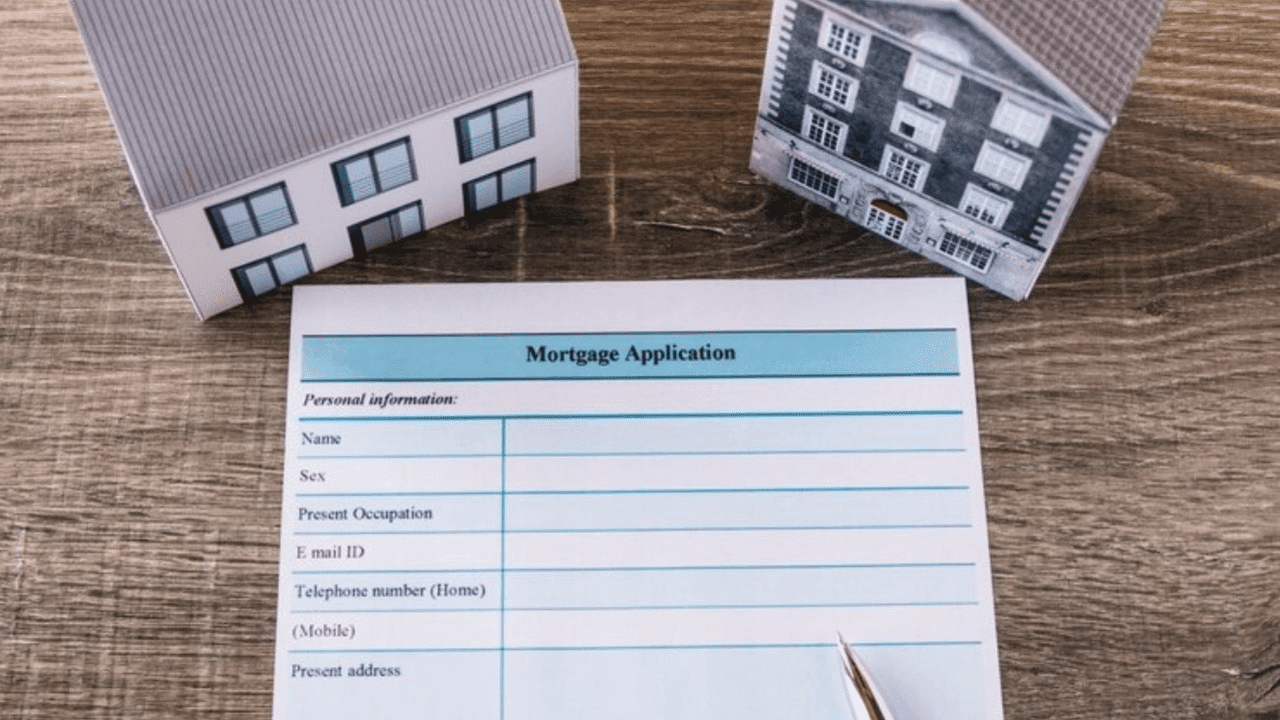Understanding Private Mortgage Insurance (PMI): A Comprehensive Guide
https://realestatejot.info/how-to-get-private-mortgage-insurance/, Private Mortgage Insurance (PMI) is a common. Yet often misunderstood component of home financing. This article provides an in-depth look at what PMI is, why it matters. How it works, and the various alternatives available.
What is Private Mortgage Insurance (PMI)?
Private Mortgage Insurance (PMI) is insurance. That protects lenders in the event that a borrower defaults on their mortgage. It is typic ally required for conventional loans. When the borrower’s down payment is less than 20% of the home’s buy price. PMI helps mitigate the risk for lenders. Making it easier for buyers to get loans with smaller down payments.
Importance of PMI in Home Buying
PMI plays a crucial role in making homeownership accessible to buyers. Who may not have the large down payment typic ally required. By allowing buyers to secure a mortgage with a lower down payment. PMI facilitates the process of purchasing a home and entering the housing market sooner.
Understanding PMI
How PMI Works
PMI works by providing insurance coverage. To the lender if the borrower fails to repay the mortgage. This insurance protects the lender from losses in case of foreclosure. But it comes at an more cost to the borrower. PMI premiums are add ed to the borrower’s monthly mortgage payments or paid as a one-time upfront premium.
Types of PMI
There are several types of PMI, including:
-
Borrower-Paid Mortgage Insurance (BPMI): This is the most common type. Where the borrower pays PMI premiums monthly along with their mortgage payment.
-
Upfront Mortgage Insurance Premium (UFMIP): Paid as a one-time upfront fee at closing.
-
Split-Premium PMI: Combines an upfront premium with monthly payments.
-
Single-Premium PMI: A one-time upfront premium paid, eliminating monthly payments.
When PMI is Requi red
Conventional Loans
For conventional loans. PMI is generally required if the down payment is less than 20% of the home’s buy price. It allows buyers to get a mortgage without needing it. A large down payment but comes with the added cost of insurance.
FHA Loans vs. Conventional Loans
FHA (Federal Housing Administration) loans have. Their form of mortgage insurance known as Mortgage Insurance Premiums (MIP). Unlike PMI, MIP is requi red. For the entire duration of the FHA loan unless refinanced into a conventional loan. Conventional loans with PMI can often have lower insurance costs compared to FHA loans. Depending on various factors like credit score and down payment.
How to Get PMI
Application Process
Getting PMI involves a few key steps:
-
Pre-Approval: Get pre-approval for a mortgage. To understand your eligibility and the amount you can borrow.
-
Loan Application: Complete the mortgage application with your chosen lender.
-
PMI Assessment: Your lender will assess whether PMI is requi red based. on your down payment and the type of loan.
Choosing the Right Insurance Provider
When choosing PMI. the primary provider is typic ally the lender’s recommended insurance company. However, you may have options to shop around for PMI rates and providers. It’s essential to compare rates and terms to find the most cost-effective solution for your needs.
Costs and Fees
How PMI Premiums Are Calcula ted
PMI premiums are usually calculated as a percentage of the original loan amount. This percentage can range from 0.3% to 1.5% annu ally. Depending on factors such as your credit score, down payment, and loan term. The premium is either added to your monthly mortgage payment or paid upfront.
More Costs and Fees
Also to PMI premiums, borrowers may incur more costs such as closing costs. Lender fees and potent ally higher interest rates. It’s important to factor in these costs when budgeting for a mortgage.
Alternatives to PMI
20% Down Payment
One of the simplest ways to avoid PMI is by making. Adown payment of 20% or more of the home’s buy price. This eliminates the need for PMI and can result in lower mortgage costs.
Lender-Paid Mortgage Insurance (LPMI)
Lender-Paid Mortgage Insurance (LPMI) is an alternative. Where the lender covers the cost of PMI in exchange for a higher interest rate. While LPMI avoids the need for separate PMI payments. The higher interest rate may result in higher costs over the life of the loan.
Benefits of PMI
Homeownership and PMI
PMI facilitates homeownership by allowing buyers. to secure a mortgage with a lower down payment. This can be particularly beneficial for first-time homebuyers. or those who have not saved a large sum for a down payment.
Improving Credit Scores
By making timely mortgage payments, you can potenti ally improve your credit score. Which may eventu ally allow you to refinance and cut PMI once you have built enough equity in your home.
Risks and Drawbacks
Financial Implications
PMI adds an extra cost to your monthly mortgage payments. which can strain your budget. Over time, these more payments can add up. Making the cost of homeownership higher.
Potential Impact on Home Equity
The cost of PMI can affect the rate at which you build home equity. Until you reach 20% equity, you are paying for insurance that does not contribute to your home’s value.
How to Cancel PMI
Conditions for Cancellation
PMI can generally be cancer led once you have built up 20% equity in your home based. On the original buy price or appraised value. Federal law requires lenders to automatic ally cancel PMI when you reach 22% equity. But you can request cancellation earlier.
Process and Documentation
To cancel PMI, contact your lender and request a PMI cancellation. You may need to provide documentation of your home’s current value. Such as a recent appraisal. Your lender will review your request and determine. if you meet the necessary requirements for cancellation.
Final Thoughts
Summary of Key Points
Private Mortgage Insurance (PMI) is a useful tool for securing. A mortgage with a lower down payment, but it comes with more costs. Understanding how PMI works, its benefits and drawbacks, and how to manage. Or cancel it can help you make informed decisions about your home financing.
Final Advice
Consider your financial situation care fully when deciding whether to use PMI. If possible, aim for a larger down payment to avoid PMI. Or explore alternatives like Lender-Paid Mortgage Insurance (LPMI). Regul arly review your mortgage. to assess if refinancing to cut PMI could be beneficial.
FAQs
1. Can PMI be deducted from my taxes? In some cases. PMI premiums may be tax-deductible. Yet, this can vary based on current tax laws and your income level. Consult a tax professional for. the most accurate and up-to-date information.
2. How long do I have to pay PMI? You’ll pay PMI until you reach 20% equity in your home. Federal law requires PMI to be automatic cally canceled. once you reach 22% equity based on the original buy price.
3. What happens if I default on my mortgage? If you default on your mortgage, PMI will cover a part of the lender’s losses. But you will still be responsible for the remaining balance. Defaulting can also negatively impact your credit score.
4. Can I choose my PMI provider? Often, your lender will select the PMI provider. But, you may have options to compare rates and terms from different providers. Depending on your lender’s policies.
5. How can I find out if PMI is right for me? Test your financial situation, including your down payment ability and monthly budget. Consult with a mortgage advisor to understand. The implications of PMI and explore alternative options if needed.











